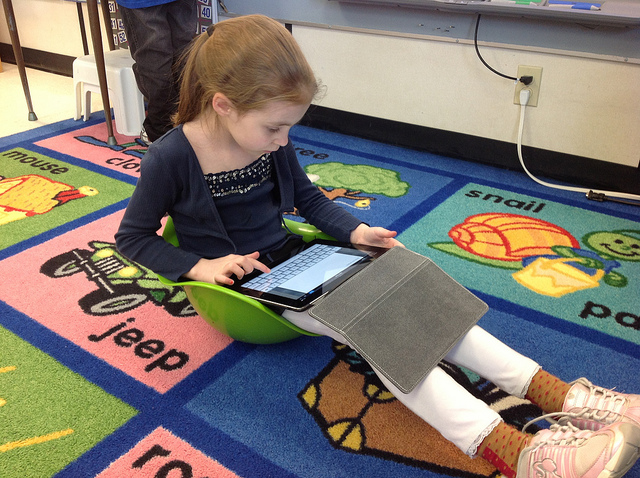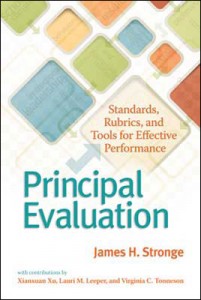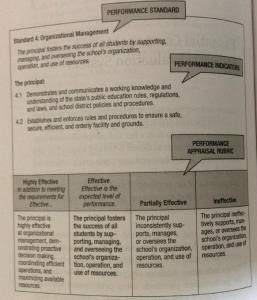
In the past several weeks I’ve received a number of requests for the resources I used to host a Fed-Ex Day at our school. I thought it may be easiest to share them in one space here so others can access as needed.
Incidentally, I find it curious and humbling that folks are still inquiring about the day’s details. When I think back on that day, held in November 2010, it feels like an eternity ago. As the principal that year, I had a lot of autonomy in the way I designed and hosted professional development for my teachers.
And that, my friends, is the key to making something like this work. Building-level administrators have to be given the autonomy to plan, implement and facilitate learning for their teachers in a way that empowers their teachers as learners. Without that freedom, (unless it’s orchestrated by the folks at the top, and to be fair, in some places, it is), this type of day doesn’t happen. In the years that followed, our district moved towards a standardized-approach for inservice days. Each elementary building follows a common professional development schedule built around district initiatives. While certainly this protocol serves to help the three buildings become more aligned in their efforts and open the lines of communication among teachers and grade levels, it doesn’t exactly support initiatives that address the unique needs of a building (or a particular set of teachers, like the specialists). And we all know that every school and the teachers within have a special culture, learning needs, and personalities. Don’t unique individuals deserve individualized professional development?
The reason I find the requests for my resources curious is that I didn’t do anything mind-blowing or creative. I simply reflected upon the ideas shared by Daniel Pink in his book, Drive, and brought the day known as a Fed-Ex day to our little school. Aside from an hour or so of preparation in terms of sharing background materials with my staff, I didn’t do much of anything. (Although in writing this post, I was reminded of Obvious to You, Amazing to Others. It’s a quick view and a great reminder of why we need to share!)
Let me also share that Chris Wejr began incorporating FedEx preps into his school in October of that year, and his work should be used as a reference as well! Chris is an invaluable resource when it comes to motivation and the work we do with teachers and students. More from Chris here.
I blogged about our day, and shared it. And Dan Pink retweeted the blog post.
We engaged in an email conversation, which was pretty exciting for me, and I was so happy to share my staff’s successes with him as well as educators who might find the day as inspiring as we did. And I called Chris to talk about it. 🙂
Yes, I know Dan Pink isn’t an educator. I get it. There are plenty of skeptics out there when it comes to incorporating the ideas shared by Pink in Drive with the work we do in education. I don’t see any fault in finding inspiration from those outside of education and adapting the ideas to make them work for you, your teachers, and your students. The key is that you have identified your needs, you provide autonomy to your learners, you support their learning along the way, and you assess the effectiveness of your efforts. The FedEx day certainly isn’t going to look the same in the school as it does in the business world. And why should it? We’re different beasts. Own it. Make it yours.
Here are the resources I shared with others. Please feel free to use/adapt to meet your needs:
- On our school wiki I posted the resources introducing Drive and the background activities like What’s Your Sentence? and the RSA Animate video featuring Pink’s work on motivation that I asked teachers to review before attending our session. It also includes the Google form that teachers used to “deliver” their content/ideas at the conclusion of the day.
- Here are our sentences. This, as other administrators have found, is one of the most inspiring parts of the day!
- Here’s my original reflective post, Inspiration Delivers, on my former blog space and here it is on this space.
- Here’s another reflective post sharing our Edcamp-style PD day later in the year.
- And here’s a Google doc of resources sharing ideas for “innovative” professional development.
It is now three full years after our Fed-Ex day was held. Innovation Days and Genius Hours and 20% time and EdCamp-model professional development days -and learning sessions for students- are being designed and shared with the educational community on a daily basis. Students and teachers are sharing how much they appreciate the freedom to learn in ways that best support their needs, and how excited they are to explore topics about which they are passionate.
I always get this question when presenting these ideas to other administrators: “But what about the teachers who abuse this freedom? Who sit alone in their rooms and grade papers or work on things that don’t help them develop professionally?”
Then you deal with those folks on an individual basis. You don’t punish the 98% of teachers who want to do the right thing because of the 2% of knuckleheads who can’t seem to handle the autonomy. HT: Tom Murray
I’d encourage anyone who plans professional development to always keep the learners in mind. It doesn’t matter what you call it. “Inservice Day” will do. Use technology, or don’t. But respect your learners and their time.
Shameless plug: I’ll be presenting some ideas about professional development at FETC in January. My session is on Friday, Jan. 31 from 10-11 AM. Hope to see you there!
Photo Credit: billy verdin via Compfight cc













